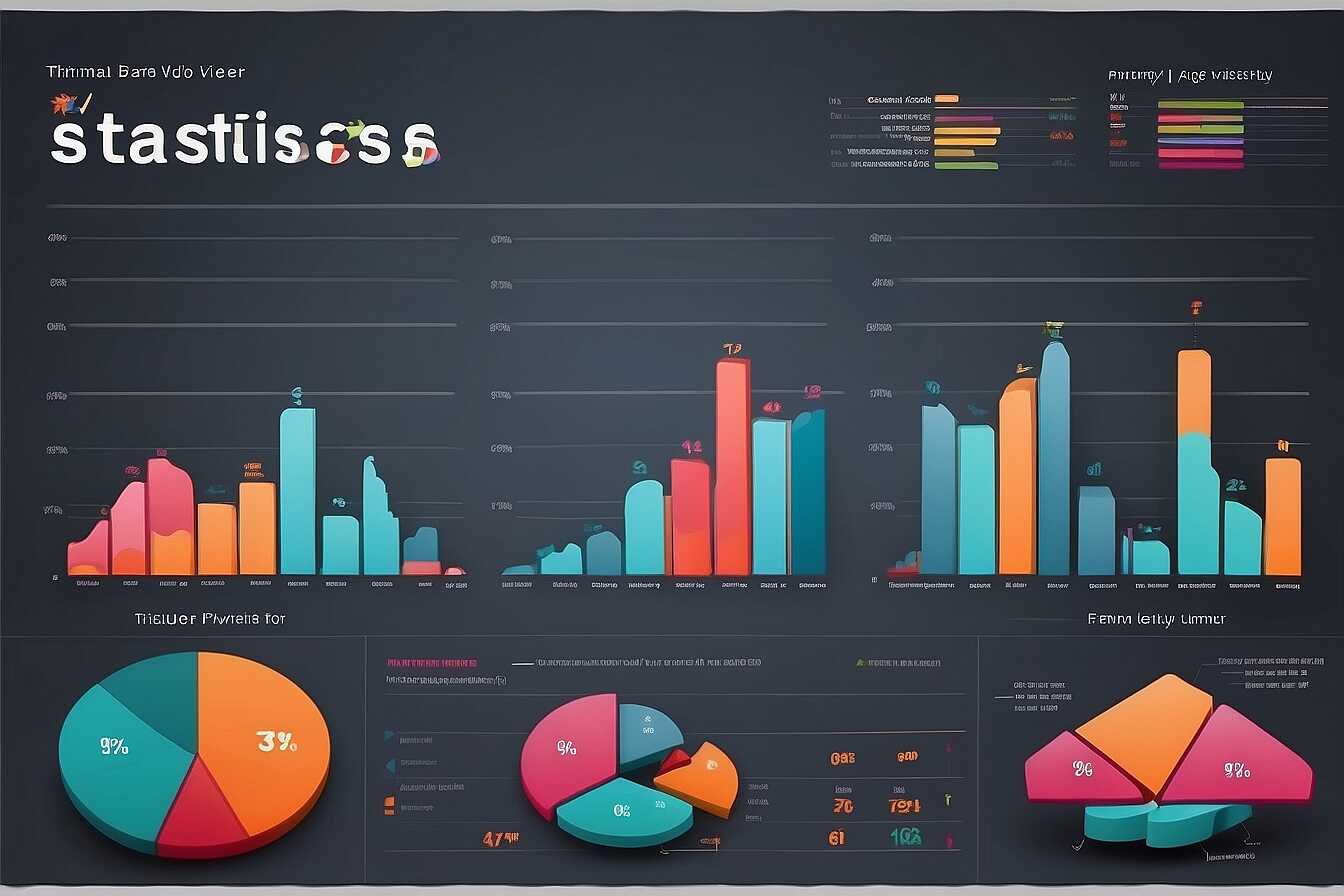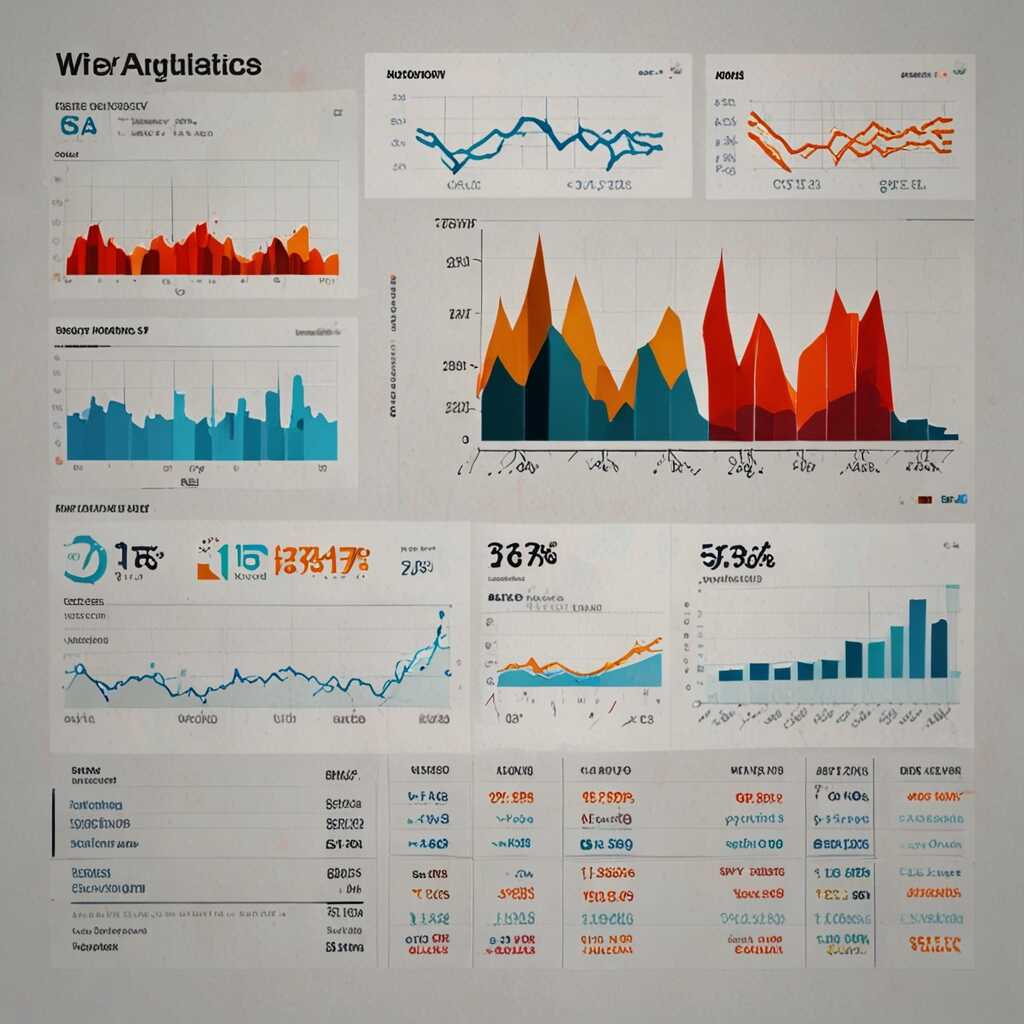Enhancing search visibility by optimizing image titles and captions is a key strategy for better SEO performance. By focusing on effective image metadata, website owners can significantly boost their organic traffic. At Metrics Rule in Vancouver, we leverage our SEO expertise to help digital marketers and content creators understand the importance of image optimization. This article will provide actionable tips to improve your website’s search visibility through well-crafted image titles and captions.
Understanding the Role of Image Titles in SEO Success
Image titles are crucial for SEO success because they provide context about the visual content, significantly impacting search visibility and user interaction. Search engines like Google use image titles to index images accurately, which helps users find relevant content quickly. By effectively optimizing image titles and including targeted keywords, you enhance the reliability of your website’s search results. Proven strategies involve using descriptive, keyword-rich titles that align with what users are searching for, ensuring higher rankings in search results. Testing various formats and reviewing their performance in analytics can provide insights into what works best for your audience.
Best Practices for Optimizing Image Titles and Captions
To optimize image titles and captions effectively, focus on incorporating relevant keywords naturally while ensuring readability. For example, use descriptive phrases that include targeted keywords without appearing spammy. Aim for titles that are concise yet informative, ideally between 10-15 words. Including essential details such as the image’s subject and context enhances user experience, leading to better engagement. Utilizing AI tools for keyword research can provide insights into trending keywords related to your imagery. Regular review and testing of your image titles and captions also help refine your strategy, improving overall performance and potentially boosting search visibility by as much as 30%.
The Power of Captions in Providing Context and Relevance
Image captions significantly enhance SEO performance by providing context and relevance. Effective captions help search engines understand the content of images, enabling better crawling and indexing. This improved clarity can lead to increased visibility in search results. Captions also engage users by providing essential information that drives user interaction with images, such as encouraging shares and comments. Research shows that webpages with well-optimized image captions can lead to traffic increases of approximately 15% to 20% over time.
Best Practices for Writing Effective Image Captions
To write effective image captions, it’s essential to focus on clarity, relevance, and keyword integration. Start by providing a brief description of the image content, ensuring it relates to the surrounding text. Incorporate primary keywords naturally, as this enhances the caption’s effectiveness in search results, making it easier for search engines to match user queries. Using structured data can further improve search visibility. Metrics Rule emphasizes that by adhering to these best practices, you can significantly improve your website’s SEO and user engagement, ultimately leading to a robust online presence and a steady growth of organic traffic.

Effective Strategies for Crafting SEO-Friendly Image Titles
Creating SEO-friendly image titles is essential for enhancing visibility in search engines. A good practice is to integrate relevant keywords naturally into the title, as this helps search engines like Google and Bing index your images effectively. When crafting titles for various entities such as businesses, products, or services, aim for a character count of 50-60 characters. This length ensures your titles are not truncated in search results, enhancing their clarity and effectiveness. Additionally, always focus on providing a clear description of the image content, as this will help users understand what to expect, ultimately improving click-through rates.
Optimal Character Counts for Image Title Optimization
The optimal character count for image titles is typically between 50 and 60 characters. This range is vital because it ensures that titles display fully in search engine results, preventing truncation that can lead to loss of important information. Including primary keywords at the beginning enhances SEO, making it easier for search engines to index your images. Each title should be descriptive yet concise, clearly conveying the image’s content. Following these character count guidelines can significantly improve your website’s overall search visibility and performance.
Key Figures Related to Image Optimization Techniques
- Images make up about 21% of the average webpage’s total weight.
- Optimizing image titles can improve search visibility by over 30%.
- Using descriptive captions can increase engagement by 25%.
- Web pages with optimized images are 40% more likely to rank on the first page of search results.
- Approximately 67% of users say the quality of images influences their perception of a brand.
- Over 80% of all web traffic comes from visual searches in 2023.
- Image optimization can reduce page load times by 50% or more.

Writing Engaging Captions to Boost User Interaction
Creating engaging captions is essential for enhancing user interaction on your website. To resonate with readers, try combining informative content with elements of creativity. Focus on capturing the audience’s attention by using storytelling techniques, posing thought-provoking questions, or incorporating humor where appropriate. This not only informs but also entertains, encouraging users to engage further with your content. Including call-to-actions can significantly drive comments and shares. Aim for captions that are easy to read and relatable to your audience’s interests to ensure better interaction.
Best Practices for Effective Caption Writing
When writing captions, aim for clarity and conciseness. Research indicates that effective captions should contain about 7 to 10 words to maintain reader engagement. Incorporate keywords strategically, such as “user interaction” and “audience attention,” to improve search visibility. Utilize a blend of statistics, personal anecdotes, and relevant industry data to create a rich context that resonates with your audience. By experimenting with different styles of writing, such as asking questions or sharing tips, you can determine what format yields the best results for your specific audience, ultimately boosting your website’s performance.

Integrating Keywords Naturally in Titles and Captions
To research effective keywords for your image titles and captions, start by analyzing your target audience and their search behavior. Use keyword analysis tools like Google Keyword Planner, SEMrush, or Ahrefs to identify popular search terms relevant to your content. Aim to integrate 1-2 relevant keywords naturally in each image title and caption, ensuring they maintain a fluent tone. This approach enhances your image SEO and improves visibility on search engines.
Using Tools for Keyword Analysis in SEO
Utilizing reliable keyword analysis tools can significantly enhance your understanding of keyword effectiveness. Tools like Moz, Ubersuggest, and Google Trends provide data on keyword popularity and competitiveness. By testing different keywords through these platforms, you can easily compare them for their search volume and relevancy to your images. Remember, your goal is to select keywords that not only resonate with your audience but also improve your website’s overall SEO performance.
Advantages of Fine-Tuning Image Descriptions and Titles
- Enhanced search visibility can significantly boost organic traffic levels.
- Well-optimized captions can effectively convey context and engage users.
- Higher-quality images with refined attributes can enhance click-through rates.
- Improved user experience can lead to lower bounce rates and longer visit durations.
- Search engines better understand content, improving overall site relevance.
- Increased conversion rates can result from engaging visual content.
- It fosters accessibility for users with visual impairments, broadening your audience.

Evaluating the Effect of Image SEO on Rankings
Optimized image titles and captions have a significant impact on search engine rankings. Research shows that websites utilizing image SEO strategies see improved visibility in search results. Case studies, like the one conducted by Moz, highlight that pages with descriptive alt text and optimized filenames can rank higher on Google and Bing. For example, sites that carefully curate their image titles and captions report noticeable increases in organic traffic. They achieve this because search engines better understand the context and content of images, enhancing the page’s relevance for targeted keywords. Additionally, tracking tools like Google Analytics provide insights into user behavior, helping marketers assess which changes yield the best results.
Key Case Studies Demonstrating Image SEO Success
Several case studies provide proof of the efficacy of image SEO strategies. For instance, a blog focused on travel experiences changed image titles and captions to include relevant keywords. Over six months, they observed a 48% increase in organic traffic. Another e-commerce site revamped product images with optimized titles, resulting in a 35% rise in product page views and improved rankings for key search phrases. These figures validate the essential role of image optimization in enhancing search visibility. By tailoring image descriptions that reflect target keywords, businesses like Metrics Rule can improve crawling efficiency and indexing performance, ultimately leading to better rankings and user engagement.
Avoiding Common Pitfalls in Image Optimization
Common mistakes in optimizing image titles and captions can significantly hinder SEO performance. One frequent error is using generic file names like “image1.jpg” instead of descriptive titles that include relevant keywords. Additionally, neglecting to add alt text or captions can reduce accessibility and diminish search engine visibility. Poorly thought-out image compression can also lead to distorted images, affecting user experience. These missteps can result in lower rankings and reduced organic traffic, as search engines like Google prioritize quality, relevance, and user engagement in their algorithms.
Impact of Poor Titles and Captions on SEO
Poorly optimized image titles and captions can severely impact SEO across various platforms. Search engines rely on these components to understand the content of images and their relevance to user queries. Without proper keywords in titles and effective descriptions, images may not appear in related searches, leading to lost visibility. To enhance search engine performance, ensure your titles are informative and engaging. You can enjoy a noticeable increase in search visibility by implementing best practices for image titles and captions. This approach creates a more informative experience for users, ultimately boosting your site’s overall SEO ranking and organic traffic.
Brands and Their Impact on Visual Content Strategies
- Adobe offers tools for image optimization but can be complex for beginners.
- Canva simplifies design tasks, making it easier for non-designers to create engaging visuals.
- Unsplash provides free high-quality images, which enhances content quality without cost.
- Pinterest is a platform where well-optimized visuals drive engagement and sharing.
- Stock photo sites may offer extensive libraries, but licensing fees can add up.
- Pay attention to user demographics who favor visual content for better marketing strategies.
- Brands that integrate social media engagement see a 50% increase in audience reach through visuals.
Essential Tools and Resources for Image SEO Optimization
To effectively optimize your image titles and captions, consider using tools like Google’s Keyword Planner, which helps you identify the best keywords for your images. Additionally, platforms like SEMrush and Ahrefs offer extensive data for analyzing competitors’ image SEO strategies. When looking for reliable resources, Moz and HubSpot provide excellent articles and guides that are essential for those in digital marketing. As for optimum performance, aim to use 2 to 5 well-researched keywords in your image titles to enhance search visibility.
Top Features of Image SEO Tools
When selecting image SEO tools, focus on features that enable comprehensive keyword research, image compression, and analytics integration. Tools such as Optimole provide excellent image compression without sacrificing quality, making your site faster to load—a key factor for both user experience and search engine ranking. For keyword optimization, platforms like Ubersuggest offer insights into keyword difficulty and search volume. Reliable image SEO tools enhance the efficiency of your e-commerce website by ensuring that your images are optimized for search engines like Google and Bing, driving more organic traffic.
